|
There are several types of breathing that can be unhealthy. Yoga, as we all know, can help us break these habits. Yoga can retrain our brain and body to get us off the hamster wheel of the most common unhelpful breathing practices: hyperventilation, reverse breathing, collapsed breathing and frozen breathing. Hyperventilation is the act of breathing quickly no matter what we are doing. It’s not just when we are scared, frighted or upset like in the movies. It can be a breathing pattern we do continually every minute of every day. In hyperventilation, you will chest breath and only partially contract the diaphragm. Thus, reducing the space the lungs have to expand. This results in you having to increase the number of breaths per minute to get enough oxygen and, ultimately, increases the amount of carbon dioxide lost on the exhale making the body too alkaline. Hyperventilation makes the arteries in the brain constrict causing headaches and problems with concentration. Also due to the reduced oxygen levels, the blood’s hemoglobin does not release oxygen to the cells (causing dizziness, and breathlessness) and perpetuates the hyperventilation pattern. Additionally, hyperventilation causes constriction of the arteries reducing blood flow to the extremities, increases calcium levels causing muscle tension, and increases the excitability of the nervous system causing irritability, overreacting, and inappropriate responses. It has also been documented that hyperventilation causes nightmares, insomnia, visual disturbances, anxiety, and muscle cramps, just to name a few. Reverse breathing is when your abdomen moves ‘in” on the inhale and moves “out” on the exhale. Your pelvic floor movement is also reversed meaning the pelvic floor “closes” (rises) on the inhale and “opens” (lowers) on the exhale. The reversal can cause chronic tension in your upper body including the neck, shoulders and jaw areas. Reverse breathing also causes indigestion, heartburn, bloating, and flatulence due to the abdomen never fully relaxing at any stage of breathing. Collapsed breathing is chest breathing with your whole body moving downward. Your chest draws downward, your shoulders are hunched protectively, and your belly is projected forward and down. Typically, collapsed breathers have little tone in their lower body (muscles and organs) with the heart and lungs resting down on their belly. While breathing, your belly will remain static, and your chest and shoulders rise up and down slightly. Finally, frozen breathing is when the entire outer layer of your body contracts. This contraction suppresses the natural movement of your breath. Very little movement is seen on the surface of the body in frozen breathing. Your shoulders will typically draw toward each other, and you will hold your breath. What To Do... A yoga practice that can address all four breathing challenges is to lay on the floor in a supine position and start to notice where you breath. Donna Farhi’s “Where Do I Breathe?” practice is an excellent method to begin the learn exactly where in the body you are breathing and to become more aware or mindful of those breathing patterns. Here's how to start (for more in-depth exploration I recommend Farhi's The Breathing Book):
After you develop this awareness, you can try three-part breathing to access all the parts of your lungs. Three-part breathing can also start in a supine position so you can focus on the breathing aspects and not on having good posture.
Once you feel comfortable supine, you can try three-part breathing in a seated position with more focus on posture to prevent collapsing of the shoulders and chest. Additionally, you can incorporate a guided visualization to help cultivate mindful breathing, the slowing down of the breath, and a deepening of the inhales. Likewise, you may want to try a meditation practice on loving-kindness or ahimsa to address any unresolved mental or spiritual traumas that may be leading to poor breathing habits. Farhi, D. (1996). The Breathing Book: Good Health and Vitality Through Essential Breath Work. St. Martin's Griffin, New York. "A habit cannot be tossed out the window; it must be coaxed down the stairs a step at a time."-Mark Twain
0 Comments
Everyone in yoga talks about the importance of breathing. How we don't breathe properly. How we don't use the full capacity of our lungs. How the breath can either calm us or excite us. Yada Yada Yada But do you know how many parts of the body are actually involved in breathing and why? Probably not! Most of us don't since we just take breathing for grated. Here's the breakdown: 1. Thoracic Cavity: It houses the heart, diaphragm, lungs and pleura. The Thoracic Cage is the rib cage (consisting of 80 joints), 12 vertebrae, and sternum. 2. Trachea: The semi-rigid passageway extends from the larynx to the primary bronchi. It is adaptable to allow movement, eating and breathing. 3. Lungs: They are where blood and air meet. Carbon oxide rich blood passes into the right of the heart and into the lungs where it interacts with the alveoli to become enriched with oxygenated blood. 4. Ribs: They are flat, deformable and elastic, most connect to sternum, 11 and 12 are floating ribs not connecting to the coastal cartilage in the front. 5. Intercostal Muscles: They are muscles of inspiration and expiration. They occupy the spaces between adjacent ribs and are arranged in two crisscrossing layers. They move the ribs closer and further apart and allow them to glide over each other. 6. Heart: It pumps the carbon dioxide rich blood to the lungs and receives the oxygenated blood from the lungs to distribute through the body. It also rests on the central tendon the diaphragm. The heart’s pericardium adheres to the diaphragm. 7. Diaphragm: It is the primary muscle of inspiration acting like a pump at the base of the lungs. It separates and connects the thorax and the abdomen. 8. Alveoli: The bronchioles subdivide into alveoli that manufacture mucus. It is where the exchange of oxygen and carbon dioxide occurs. They crisscross the capillaries to create this exchange. 9. Bronchioles: The two bronchi divide and continue to subdivide until they are smaller bronchioles. They do not have cartilage. They contain mucus and cilia to help maintain the lungs of obstructions, which could result in Bronchitis. Which Lead Us to the Importance of the Diaphragm Muscle The diaphragm is the principal muscle for breathing. According to Leslie Kaminoff, “The diaphragm is the principle muscle that causes three-dimensional shape change in the thoracic and abdominal cavities." Not only is it the prime mover of the thoracic and abdominal cavities, the diaphragm anchors multiple structures including the pleura, the pericardium, and peritoneum. Thus, effecting the movement of the organs as well. When the diaphragm moves, all the organs above and below are massaged. The organs are bathed in new blood and oxygen. On the inhale, the diaphragm lowers and on the exhale, the diaphragm relaxes. The atmospheric pressure is greater than the pressure in the lungs when an individual takes an inhale. Air will then flow into the lungs to balance the pressure. In order for the air to move in and out of the lungs freely, the diaphragm must be able to expand without restrictions. Try this Yoga Practice to Bring Some Awareness to that Diaphragm!!
Did you notice any changes in how you breath? Calais-Germain, B. (2006). Anatomy of Breathing. Eastland Press, Inc.: Seattle, WA. Farhi, D. (1996). The Breathing Book: Good Health and Vitality Through Essential Breath Work. St. Martin’s Griffin: New York, NY Kaminoff, L. and A. Matthews. (2012). Yoga Anatomy. Human Kinetics: Champaign, IL. |
Kelley GallopI AM Boundless Bliss Yoga. Just me. I'm a one-lady band. I'm a yoga therapist. I didn't start out to be a yoga therapist, I just wanted to learn more and SHAAAZZAMM...here I am. Archives
September 2021
Categories
All
|
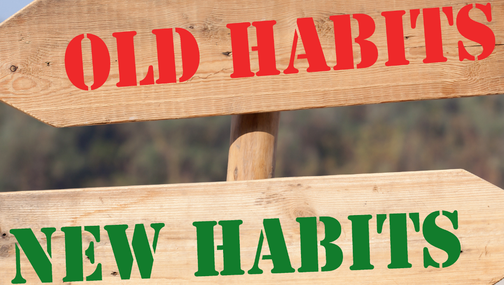

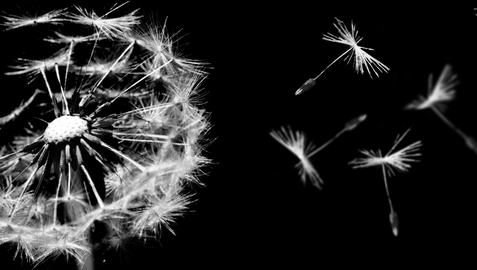

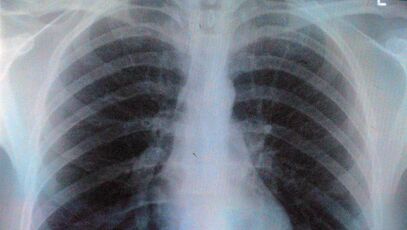
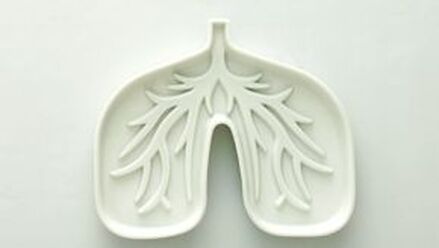
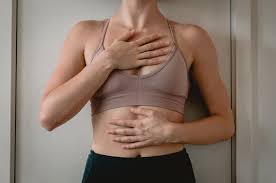
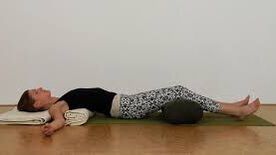
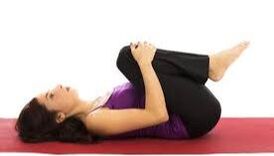
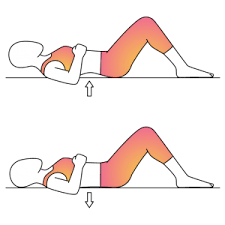
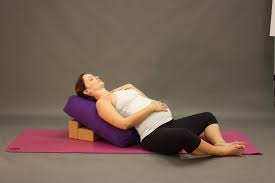
 RSS Feed
RSS Feed